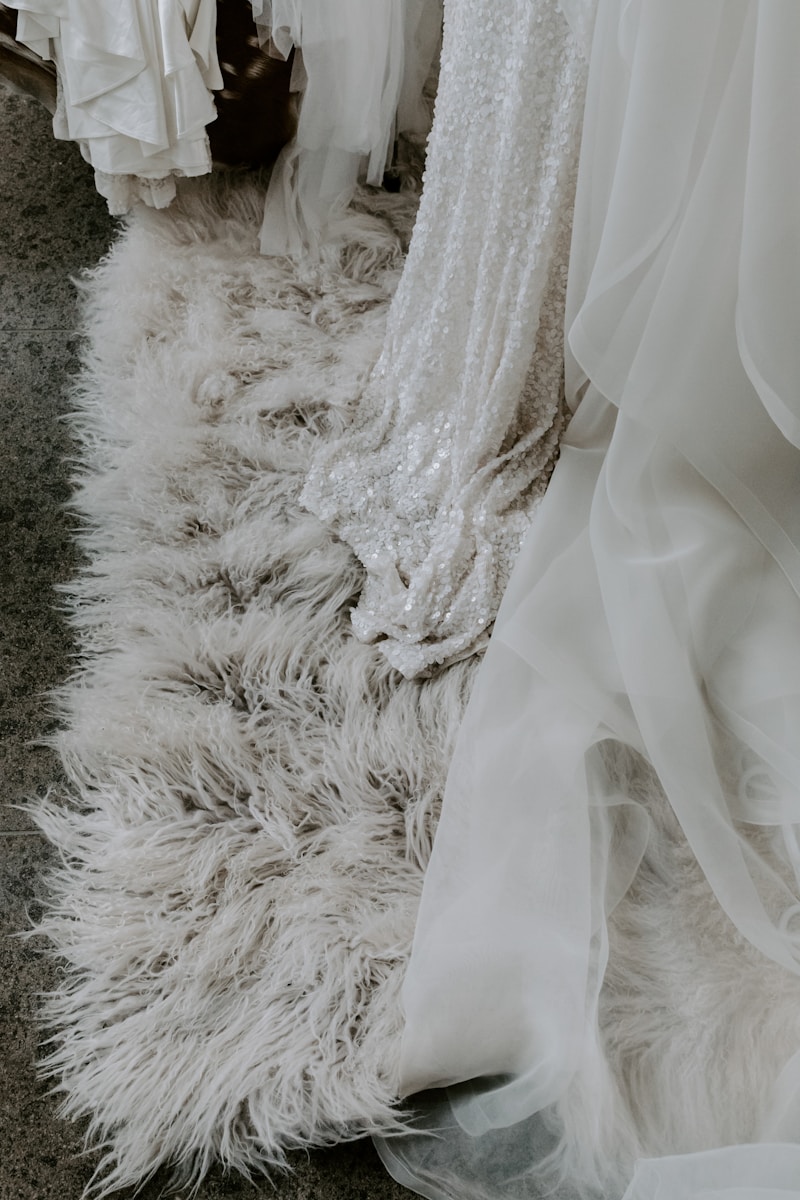The Significance of Color in Wedding Traditions
The Significance of Color in Wedding Traditions
Weddings are one of the most celebrated events in a person's life, and they come with a rich tapestry of traditions that vary significantly across cultures. Each culture has its own beliefs regarding the significance of color, which plays a critical role in wedding ceremonies worldwide. In this article, we will explore the importance of colors in different wedding traditions, the symbolism behind various hues, and how they can reflect cultural values and beliefs.
Understanding the Role of Color in Weddings
Color is a universal language that conveys emotions and sentiments which are essential during weddings. Different colors evoke different feelings and meanings, making them an integral part of wedding planning. From the bridal gown to decorations, each selection is often steeped in cultural significance.
The Color White: Purity and New Beginnings
In many Western cultures, white is synonymous with weddings, representing purity, innocence, and new beginnings. This tradition gained prominence after Queen Victoria wore a white gown during her marriage to Prince Albert in 1840. Consequently, couples in countries like the United States and the United Kingdom typically choose white or ivory dresses, often accompanied by white flowers and decorations.

| Country | Significance of White |
| United States | Symbolizes purity and innocence |
| United Kingdom | Represents new beginnings and tradition |
| India | In some regions, white can symbolize mourning, not purity |
The Color Red: Love and Prosperity
Red, a color often associated with love, passion, and strength, holds significant importance in many cultures, particularly in Chinese and Indian traditions. In China, red is used extensively during weddings to symbolize happiness and good fortune. Brides often wear red dresses, known as Qipao, adorned with intricate designs that reflect cultural values and family heritage.
Similarly, in India, red is the traditional color for brides, symbolizing prosperity, fertility, and auspiciousness. Indian weddings feature elaborate decorations with red hues, ranging from the bridal lehenga to the mandap, representing an abundance of love and joy.
Other Colors and Their Meanings
Besides red and white, various other colors have their own meanings in wedding traditions:
- Blue: Often symbolizes trust, loyalty, and peace. In weddings, blue can represent the couple's commitment to each other. In some cultures, it is also linked to a sense of serenity and stability.
- Green: Represents fertility, renewal, and growth. It is a popular choice in weddings as it embodies the couple's hopes for a fruitful and long-lasting relationship.
- Yellow: This joyful and vibrant color symbolizes happiness and friendship. In some cultures, brides wear yellow to symbolize their optimism in starting a new life together.
- Purple: Often associated with royalty and grandeur, purple can symbolize luxury and ambition. Couples that choose purple elements often wish to express their sophistication and elegance.
How Cultural Perspectives Shape Color Choices
Understanding the significance of color in wedding traditions requires an acknowledgment of cultural diversity. Here are a few examples of how different cultures embrace colors during weddings:
Western Weddings vs. Eastern Weddings
| Aspect | Western Weddings | Eastern Weddings |
| Bridal Attire | White dress | Red or colorful attire |
| Decorations | Soft pastels and whites | Vibrant colors like red, yellow, and gold |
| Symbolism | Purity and new beginnings | Prosperity and joy |
Regional Differences within Cultures
Even within a single culture, the significance of color can vary by region. For instance, while white may be widely accepted in Western cultures, some cultures in Asia regard it as a color of mourning. In ceremonies held in Japan, red is considered a powerful color during wedding celebrations, representing good luck and happiness, while white may be reserved for funerals.
Modern Trends and Innovations
As society evolves, wedding traditions are also undergoing transformations. Recent trends showcase couples who choose unconventional colors or mix and match traditional colors creatively. For instance, many modern couples are opting for colored wedding dresses in shades like blush pinks, blues, and even black, breaking from the traditional norms.
Additionally, same-sex weddings have introduced vibrant palettes not typically associated with traditional heterosexual weddings. Many couples opt for rainbow color themes that celebrate love and inclusion.
Conclusion: Embracing Colorful Traditions
Understanding the significance of color in wedding traditions is essential for couples planning their special day. Each color carries deep cultural meanings and emotions, allowing couples to express their love and values through their choices. As we have explored, different cultures celebrate love in unique ways, from the purity symbolized by white to the prosperity represented by red. When planning your wedding, consider how you can incorporate these meaningful colors into your celebration, whether through attire, decor, or personal touches.
Key Takeaways and Recommendations
- Research the cultural significance of colors in your heritage or that of your partner’s before making color-related decisions.
- Consider blending traditional colors with modern trends to create a personalized wedding experience.
- Don't hesitate to experiment with bold hues that reflect your unique personality and love story.
In essence, the world of wedding colors is vibrant, meaningful, and deeply intertwined with cultural values. By recognizing and respecting these traditions, couples can create a celebration that resonates not only with their love but also with the rich heritage surrounding weddings across the globe.
